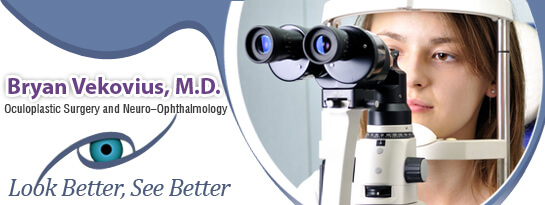▶ What is the Treatment For Macular Degeneration?
▶ What Causes Macular Degeneration?
▶ What is Macular Degeneration?
▶ What can cause eye diseases?
▶ What are common eye diseases that can cause pain or vision problems?
Glaucoma, the leading cause of blindness and visual impairment in the United States, is an eye disease that can lead to a permanent loss of vision. This disease has been labeled the “Sneak Thief of Sight” because in its most typical form, there are no symptoms. No pain, no swelling, no redness. Patients with glaucoma may not notice symptoms until vision has been permanently lost.
Simply, glaucoma is elevated intraocular pressure of the eye. Every eye has fluid, called aqueous humor, which is constantly being produce as well as constantly being drained. In a glaucomatous eye, this fluid does not drain properly resulting in an increase in the pressure inside the eye. This increased pressure destroys vision gradually, usually starting with the peripheral (side) vision, and if left untreated, will lead to eventual blindness by destroying the optic nerve. With early diagnosis and treatment, useful vision may be preserved. There are four types of glaucoma:
- Chronic. This is the most common type of glaucoma, and occurs slowly over time. There is no pain, redness or swelling or other symptoms.
- Acute. This happens suddenly and is very painful. Victims of an acute glaucoma attack may complain of serious headache and vomiting. Medical intervention is needed immediately to bring the pressure under control to prevent further vision loss.
- Congenital. Present at birth, congenital glaucoma is a rather rare condition.
- Secondary. Occurring as a result of systemic disease such as diabetes, from medications such as steroid, or from an eye injury.
The following factors increase your risk of developing glaucoma:
- Age (at least 45 years old without regular eye examinations)
- Family history of glaucoma
- African American or Asian descent
- Diabetes
- Nearsightedness
- Steroid use
- Past eye injury
Your doctor will check for the presence of glaucoma during a routine eye examination. The test is essentially pain-free, and takes only seconds.





